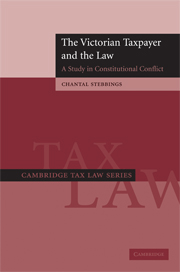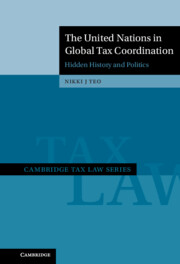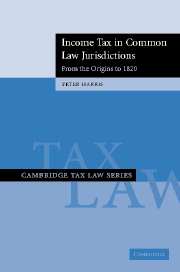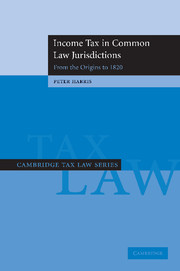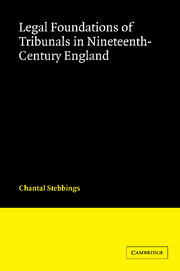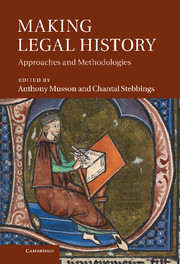The Victorian Taxpayer and the Law
The central element of the taxpayer's relationship with the law was the protection it afforded to ensure only the correct amount of tax was paid, that it was legally levied and justly administered. These legal safeguards consisted of the fundamental constitutional provision that all taxes had to be consented to in Parliament, local tax administration, and a power to appeal to specialist tribunals and the courts. The book explains how these legal safeguards were established and how they were affected by changing social, economic and political conditions. They were found to be restrictive and inadequate, and were undermined by the increasing dominance of the executive. Though they were significantly recast, they were not destroyed. They proved flexible and robust, and the challenge they faced in Victorian England revealed that the underlying, pervasive constitutional principle of consent from which they drew their legitimacy provided an enduring protection for the taxpayer.
- Clear structure allows the reader to progress even without prior knowledge of tax law
- Defines the position of tax law and its institutions within the legal system as a whole, thus allowing the reader to understand the relationship between tax and the law
- Reveals the nature of the traditional external barriers between tax and law, administration and law, legal practice and legal theory
Product details
May 2009Hardback
9780521899246
244 pages
234 × 151 × 16 mm
0.52kg
Available
Table of Contents
- 1. The establishment of the taxpayer's safeguards in English law
- 2. The taxpayer's constitutional safeguards of parliament
- 3. The administrative safeguard of localism
- 4. Judicial safeguards
- 5. The taxpayer's access to the safeguards
- 6. The taxpayer, the constitution and consent.

